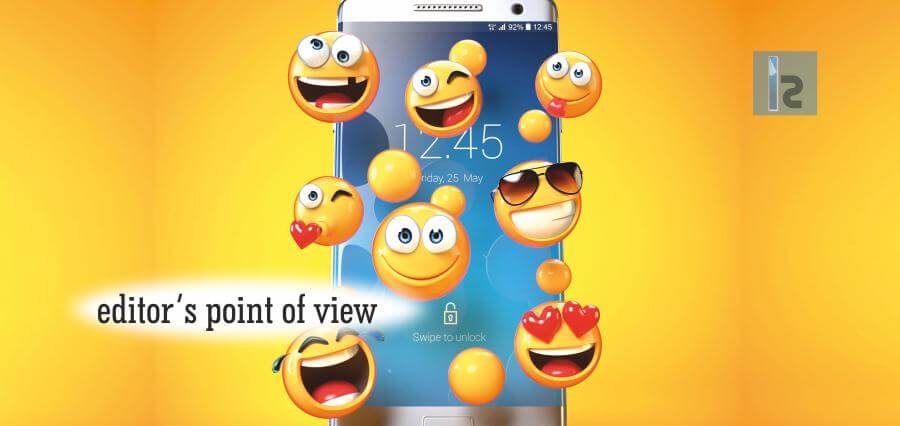It is said that a picture is worth a thousand words or is it truly? If you ask the millennials, chances are you’ll get a smile or a thumbs-up or another gesture in return. That does explain their choice! Use of pictures to emote instead of putting it in words isn’t a new concept. Hieroglyphs, especially Egyptian hieroglyphs date back to centuries and are known to be a formal style of a writing system. It was a combined system of logographs, syllables and alphabets which made into around a thousand characters.
From Pictures to Words
With languages still trying to take shape, pictures and symbols were used to convey messages in early human life. Hieroglyphs, cave paintings, symbols on tablets are all proofs that humankind has always been trying to find out ways to communicate better, emote better and understand the world and each other better. With the advent of languages and alphabets which emerged from ancient Greek Civilization and Sanskrit and Devanagari closer home in India, the world literally, started talking. Now there are over five thousand languages and dialects worldwide.
But the use of pictures never went out of fashion. Imagine a love letter without a heart drawn on it! Language, however beautiful it might be, always found pictures and symbols as a helping hand to add the emotions to words. Till the time humans used their hands to write, languages and words had a gala time. With the advent of computers and electronic devices to write and read came the new problem. How to emote without words? Especially for those who are not blessed with a rich vocabulary and for moments when words are just not enough!
Typographic Characters or Emoticons as we better know them started their journey in 1982 when they were illustrated on a college board to demarcate joke from serious notes. They were as simple as : -) and : -(. People were advised to read them sideways for an understanding. Many thought of it as a pain in the neck (literally and physically). Soon, emoticons started popping up and could be made by combining keyboard characters, some easy and some very illustrative.
A New Language called Emoji
The real revolution forward or as some say backwards started with the Emojis. The first emoji was created in Japan, by Shingetaka Kurita in the year 1999 as a part of NTT DoCoMo mobile internet platform development. The word emoji comes from Japanese e which means picture and moji which means character. He took inspiration from weather news symbols, Chinese characters, street signs and Japanese comic Manga. The result was a set of 176 12×12 pixel emoji to support the phone’s messaging features. The rest, as they say, is history. In 2010, emojis were incorporated in Unicode, a standard indexing system for characters, which allowed them to be used outside Japan and standardized for different platforms.
Every Year, a batch of emojis are submitted to the Unicode Consortium for its approval to release the emojis worldwide for use. A proposal with the idea behind the emoji, the need, and explanation of how and when it can be used, cultural implications and other factors are submitted and discussed. It might take a year or more for an emoji to be ready in a suitable format for use.
While it may be easy to send a smiley face rather than type ok or good, emojis have their own set of communication problem ranging from different interpretation in different platforms to cultural and regional implications and more. Take the case of folded hands; while some say it is a symbol for high-five, some see it as hands in prayer. Accordingly, modifications were done to the symbol to dissolve the ambiguity. Later issues were raised as to why all the professional emojis have a male character to depict them, or why are all the characters white in colour, why is the food limited to a particular region, so on and so forth.
Finding the Balance
Emojis have since come a long way forward from depicting just a word to representing cultures, mood, gestures, and more. And we as a generation have gone back to talking in pictures instead of words. The need right now is to balance the two and understand their respective usage and appropriateness. It is simply unacceptable to use an emoji in a business letter, no matter how bad one’s vocabulary is or how one is at a loss of words.
The e-world now supports over a thousand emojis and counting. Words are here to stay and growing too. Together they devise new ways to let people emote and communicate. Emojis stand where words fail and words triumph were emojis aren’t enough to express.


